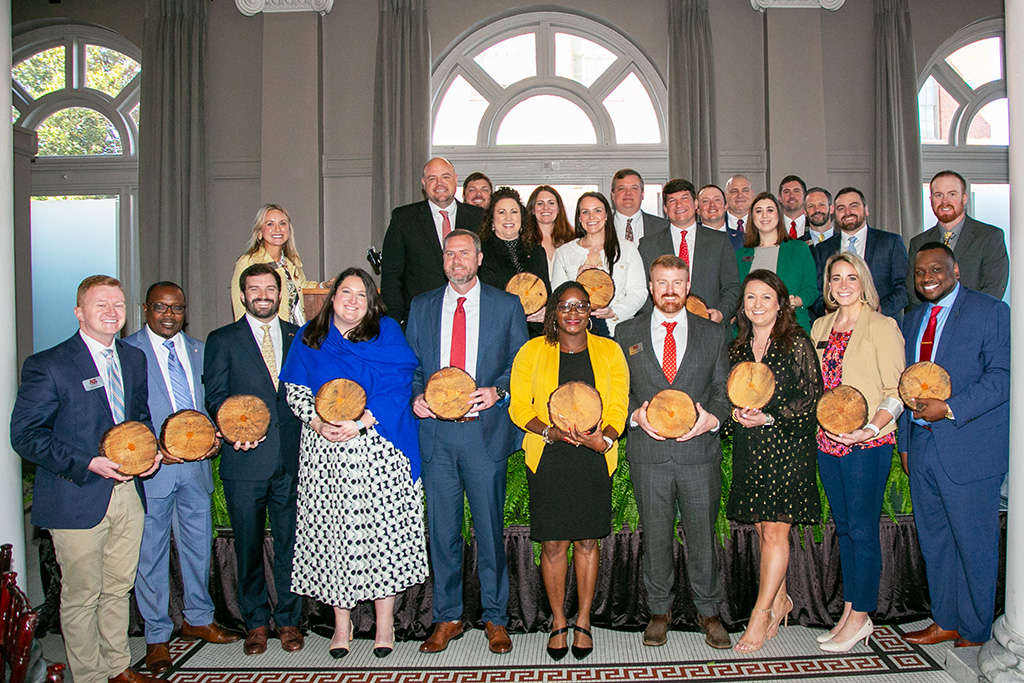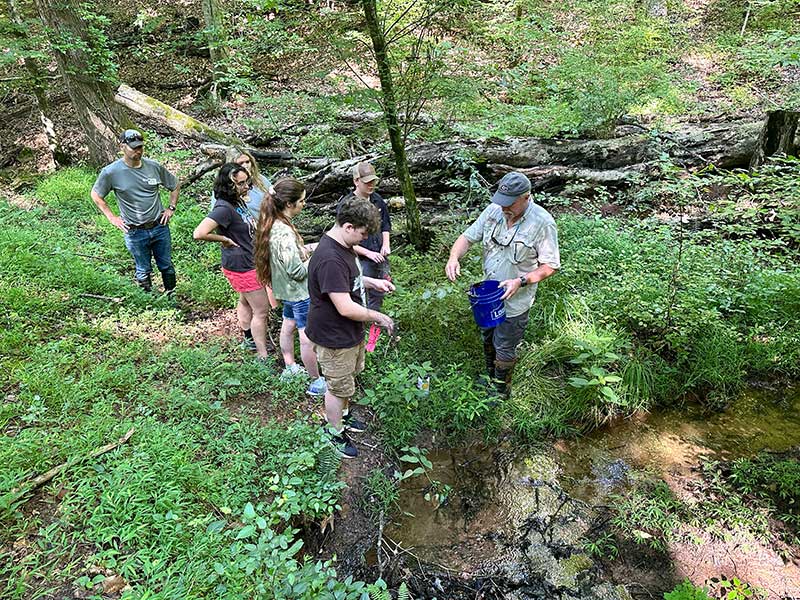Bill Pickens, Conifer Silviculturist, North Carolina Forest Service
Shortleaf pine and its associated plant communities evolved with fire of varied temperatures, or mixed severity, and a fire return interval, or frequency of 2–18 years. Periodic occurrences of fire provide shortleaf a growth advantage; a competitive edge that allows it to both establish and maintain a place in the canopy. Without fire, hardwoods and loblolly or Virginia pines out-compete shortleaf. Across its wide range, shortleaf is found growing with blackjack, white, and post oaks; trees that have similar adaptive traits and fire resistance. The high diversity and number of herbaceous understory plants and wildlife found in shortleaf savannahs and woodlands is sustained with frequent prescribed burns. The frequency, intensity, and time of year of a burn all influence how fire shapes a shortleaf forest. Due to its reliance on fire, foresters and ecologists commonly refer to shortleaf as fire resistant, fire resilient, fire dependent, or fire adapted. However, shortleaf pine is not fire-proof. And while fire provides many benefits there are risks. Some trees, particular seedlings and saplings will be damaged or destroyed from fire. Land managers must base the decision to burn on their overall management goals.








